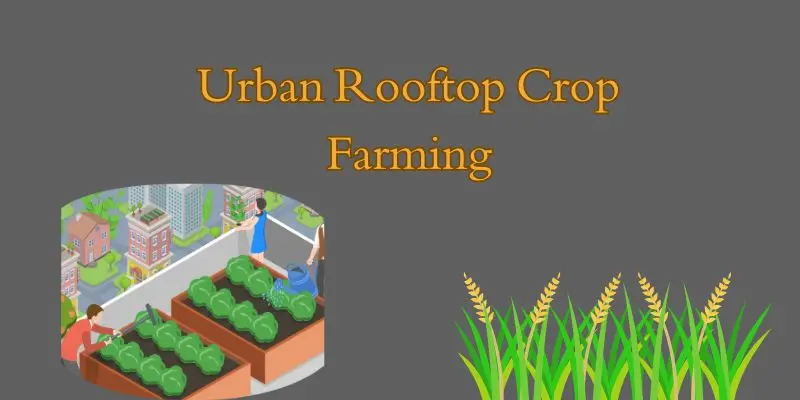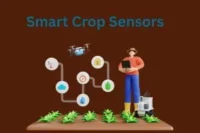Urban Rooftop Crop Farming: Growing a Greener Future One Roof at a Time
Published: 30 Apr 2025
Have you ever looked up at the flat, grey rooftops of a city and wondered—could something grow there? Could those empty spaces, covered in dust and forgotten, actually feed someone? It might sound unlikely, maybe even a little far-fetched. But in cities across the world, that’s exactly what’s happening. Urban rooftops are being transformed into thriving gardens—lush with vegetables, herbs, and life. It’s called rooftop crop farming, and it’s quietly changing how we think about food, space, and sustainability in the heart of our concrete jungles.
So, guys, without wasting time, let’s jump into the article to learn Urban Rooftop Crop Farming: Growing a Greener Future One Roof at a Time
What is Urban Rooftop Farming?
- The practice of growing food on the rooftops of buildings in cities and towns.
- It uses techniques such as:
- Container farming: Pots, grow bags, recycled bins
- Hydroponics: Growing crops without soil using nutrient-rich water
- Green roofs: Special rooftop systems with soil layers to support vegetation
- Aquaponics: A combination of fish farming and crop cultivation

Why Rooftop Farming Matters (Emotional and Social Connection)
- Cities are growing vertically, but food access is shrinking.
- Children are disconnected from the origin of their food.
- Communities in urban “food deserts” suffer from poor nutrition and high food costs.
- Rooftop farming:
- Reconnects people to their food source
- Builds stronger, healthier, and more self-reliant communities
- Turns dead spaces into thriving ecosystems
Inspiring Real-Life Stories
- New York City: An architect turns her apartment roof into a food co-op, building friendships, reducing grocery bills, and creating community spirit.
- Chennai, India: A school grows its own vegetables on the roof—students plant, harvest, and eat what they grow, while learning science and sustainability.
Benefits of Urban Rooftop Crop Farming
1. Fresh, Organic, and Chemical-Free Produce
- Harvested minutes before eating
- No need for chemical preservatives
- Improved taste and nutritional value
2. Environmental Cooling and Air Purification
- Rooftop crops reduce building heat, lower urban temperatures
- Absorb CO₂ and release oxygen—natural urban air filters
3. Food Security and Community Empowerment
- Reduces dependence on external food supply
- Offers employment, skill development, and income opportunities
- Creates spaces for community gathering and education

4. Lower Carbon Footprint
- Cuts food transport (food miles)
- Reduces packaging and refrigeration needs
- Promotes zero-waste, closed-loop systems
5. Mental and Physical Wellness
- Gardening reduces stress and improves mental health
- Promotes active lifestyles, especially for children and the elderly
- Builds emotional connection to nature and food
Challenges and Smart Solutions
| Challenge | Suggested Solutions |
|---|---|
| Limited space or structural load | Use light-weight growing systems like hydroponics or shallow containers |
| Water management on rooftops | Drip irrigation and rainwater harvesting systems |
| Policy and legal issues | Advocate for rooftop farming in urban planning and zoning regulations |
| Lack of awareness or training | Offer workshops, school programs, and community farming guides |
References
A study published in Nature Sustainability found that rooftops in densely populated cities have the potential to grow up to 10% of the global vegetable demand, highlighting the untapped value of urban spaces for food production (Orsini et al., 2020).
Author name
Kathrin Specht
The global rise of urban rooftop agriculture: A review of worldwide cases

- Be Respectful
- Stay Relevant
- Stay Positive
- True Feedback
- Encourage Discussion
- Avoid Spamming
- No Fake News
- Don't Copy-Paste
- No Personal Attacks

- Be Respectful
- Stay Relevant
- Stay Positive
- True Feedback
- Encourage Discussion
- Avoid Spamming
- No Fake News
- Don't Copy-Paste
- No Personal Attacks





